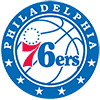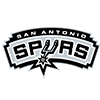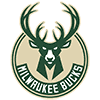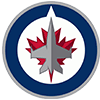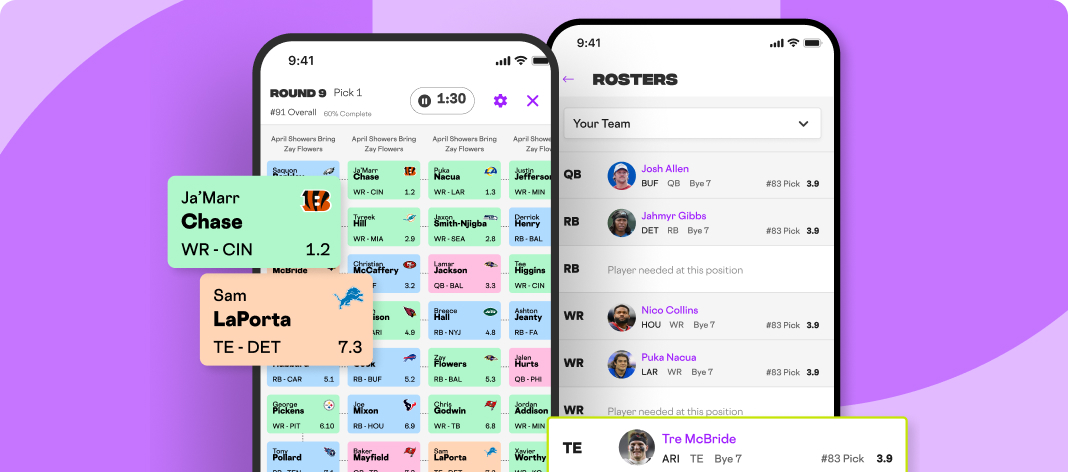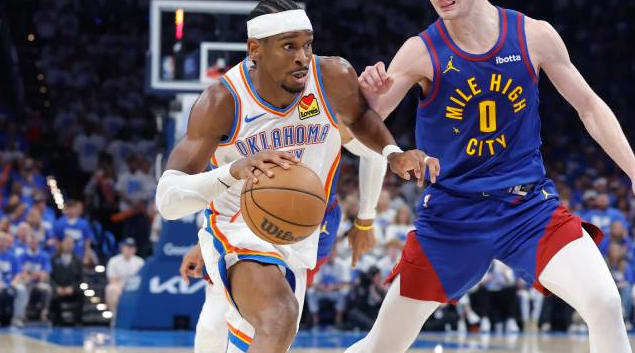RotoWire.com used data from Stathead.com to find out which NBA teams have been the most one dimensional between the last ten seasons. We calculated the overall ranking based on average ranking for each of the following statistics: Offensive Rating (ORtg), Defensive Rating (DRtg), Effective Field Goal Percentage (eFG%), Turnover percentage (TOV%), Offensive Rebound Percentage (ORB %), along with percentage of points from 3-pt, 2-pt and free throws. Teams are ranked in order of most one dimensional to least one dimensional.
If you're ready to start betting on the NBA, be sure to take advantage of RotoWire's exclusive NBA betting promos.
Ranking the NBA's Most One-Dimensional Teams of the Last Decade
Rank | Team | Average Rank |
1 |
| 21.4 |
2 |
| 20.4 |
3 |
| 20.3 |
4 |
| 19.7 |
5 |
| 19.4 |
6 |
| 19.1 |
T7 |
| 18.9 |
T7 |
| 18.9 |
9 |
| 18.4 |
10 |
| 17.0 |
11 |
| 16.9 |
12 |
| 16.6 |
13 |
| 15.9 |
T14 |
| 15.7 |
T14 |
| 15.7 |
T14 |
| 15.7 |
17 |
| 15.4 |
18 |
| 15.3 |
19 |
| 15.0 |
20 |
| 14.6 |
21 |
| 14.3 |
22 |
| 13.3 |
23 |
| 12.6 |
24 |
| 12.3 |
25 |
| 12.1 |
26 |
| 11.7 |
27 |
| 11.4 |
28 |
| 10.9 |
29 |
| 10.7 |
30 |
| 6.6 |
Chicago Bulls: The NBA's Most One-Dimensional Team
The franchise that made its mark in the late '90s under the leadership of hardwood giants like Phil Jackson and Michael Jordan has fallen on hard times ever since, with the 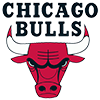 Chicago Bulls ranking atop our list as the NBA's most one-dimensional team, with an average ranking of 21.4 across all metrics surveyed.
Chicago Bulls ranking atop our list as the NBA's most one-dimensional team, with an average ranking of 21.4 across all metrics surveyed.
Unsurprisingly, the last decade has been particularly tough for basketball fans in the Windy City, as Chicago's last postseason series victory came in 2015, when they beat the Milwaukee Bucks in the first round, 4-2, before crashing out against the Cleveland Cavaliers in the Eastern Conference Semifinals by the same margin.
Since then, the Bulls have reached the NBA Playoffs twice, losing in the first round in 2017 (to the Boston Celtics in six games) and 2022 (to the Bucks in five games), with consecutive 39-43 campaigns in each of the last two regular seasons under head coach Billy Donovan.
Understanding One-Dimensionality in NBA Team Performance
Besides the Bulls, the other NBA one-dimensional teams at the top of our list included the Sacramento Kings (20.4 average ranking), Memphis Grizzlies (20.3 average ranking), Detroit Pistons (19.7 average ranking) and the Brooklyn Nets (19.4 average ranking).
Of the latter quartet of teams, the Grizzlies have achieved the most success of the bunch, making the postseason seven times between 2014-15 and 2024-25, with a Western Conference Semifinals appearance in 2015 and 2022 along with first round exits in 2016, 2017, 2021, 20223 and 2025, while the Kings (2023) and Pistons (2025) have reached the postseason once during that span, with both losing in the first round.
The Nets reached the postseason five years in a row between 2019 and 2023, with the high-water mark being a trip to the Eastern Conference Semifinals back in 2021, though that ultimately wasn't enough to help them avoid being labeled as one of the NBA's most one-dimensional teams over the last 10 seasons.
Of those five teams, the Grizzlies have the best 2026 NBA championship betting odds on DraftKings Sportsbook, at +20000, while the least one-dimensional team in the league (the Celtics, with an average ranking of 6.6) are listed at +6000 to win it all this season, while the defending champion Oklahoma City Thunder are 28th on our list (10.9 average ranking) but first on the Boston-based sports betting giant's NBA odds board, at +245 as the regular season approaches.
Q&A
Q: What does it mean for an NBA team to be one-dimensional?
A: A one-dimensional team excels in just one area — offense or defense — while struggling elsewhere. Using Stathead data, RotoWire ranked teams over the past 10 seasons by Offensive Rating (ORtg), Defensive Rating (DRtg), eFG%, TOV%, ORB%, and scoring mix (points from 3s, 2s, and free throws). Teams with big gaps between strengths and weaknesses ranked higher on the one-dimensional scale.
Q: Which teams ranked as the most one-dimensional?
A: The Chicago Bulls topped the list, followed by the Sacramento Kings and Memphis Grizzlies. These teams relied heavily on one strength while lacking balance across key metrics. The Boston Celtics were the most balanced, ranking last in one-dimensionality.
Top 5: Bulls, Kings, Grizzlies, Pistons, Nets.
Q: What does the data reveal about today's NBA?
A: Modern contenders succeed through balance. Teams like the Celtics, Warriors, and Nuggets combined elite offense and defense, while others leaned too much on one side of the ball. The numbers show that versatility — not specialization — defines sustained success.





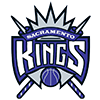 Sacramento Kings
Sacramento Kings Memphis Grizzlies
Memphis Grizzlies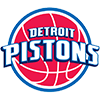 Detroit Pistons
Detroit Pistons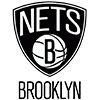 Brooklyn Nets
Brooklyn Nets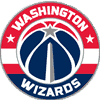 Washington Wizards
Washington Wizards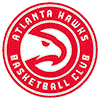 Atlanta Hawks
Atlanta Hawks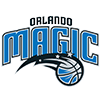 Orlando Magic
Orlando Magic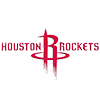 Houston Rockets
Houston Rockets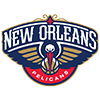 New Orleans Pelicans
New Orleans Pelicans Portland Trail Blazers
Portland Trail Blazers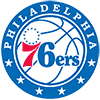 Philadelphia 76ers
Philadelphia 76ers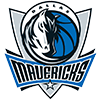 Dallas Mavericks
Dallas Mavericks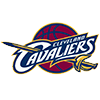 Cleveland Cavaliers
Cleveland Cavaliers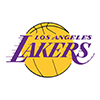 Los Angeles Lakers
Los Angeles Lakers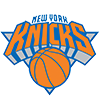 New York Knicks
New York Knicks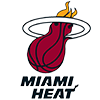 Miami Heat
Miami Heat Utah Jazz
Utah Jazz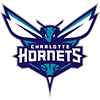 Charlotte Hornets
Charlotte Hornets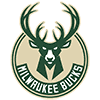 Milwaukee Bucks
Milwaukee Bucks Los Angeles Clippers
Los Angeles Clippers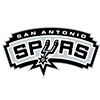 San Antonio Spurs
San Antonio Spurs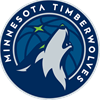 Minnesota Timberwolves
Minnesota Timberwolves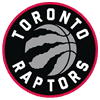 Toronto Raptors
Toronto Raptors Phoenix Suns
Phoenix Suns Indiana Pacers
Indiana Pacers Denver Nuggets
Denver Nuggets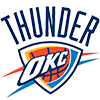 Oklahoma City Thunder
Oklahoma City Thunder Golden State Warriors
Golden State Warriors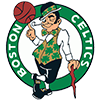 Boston Celtics
Boston Celtics



